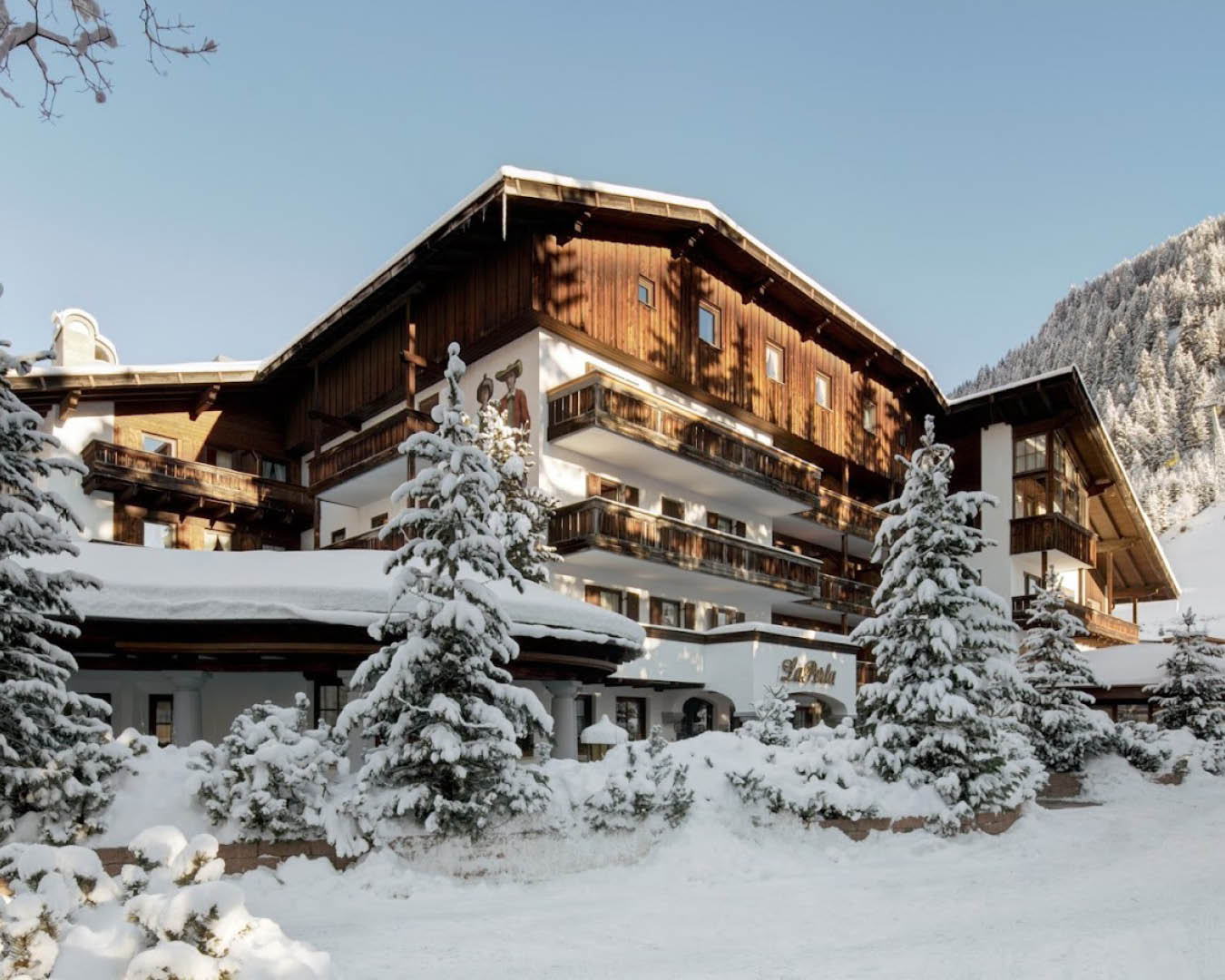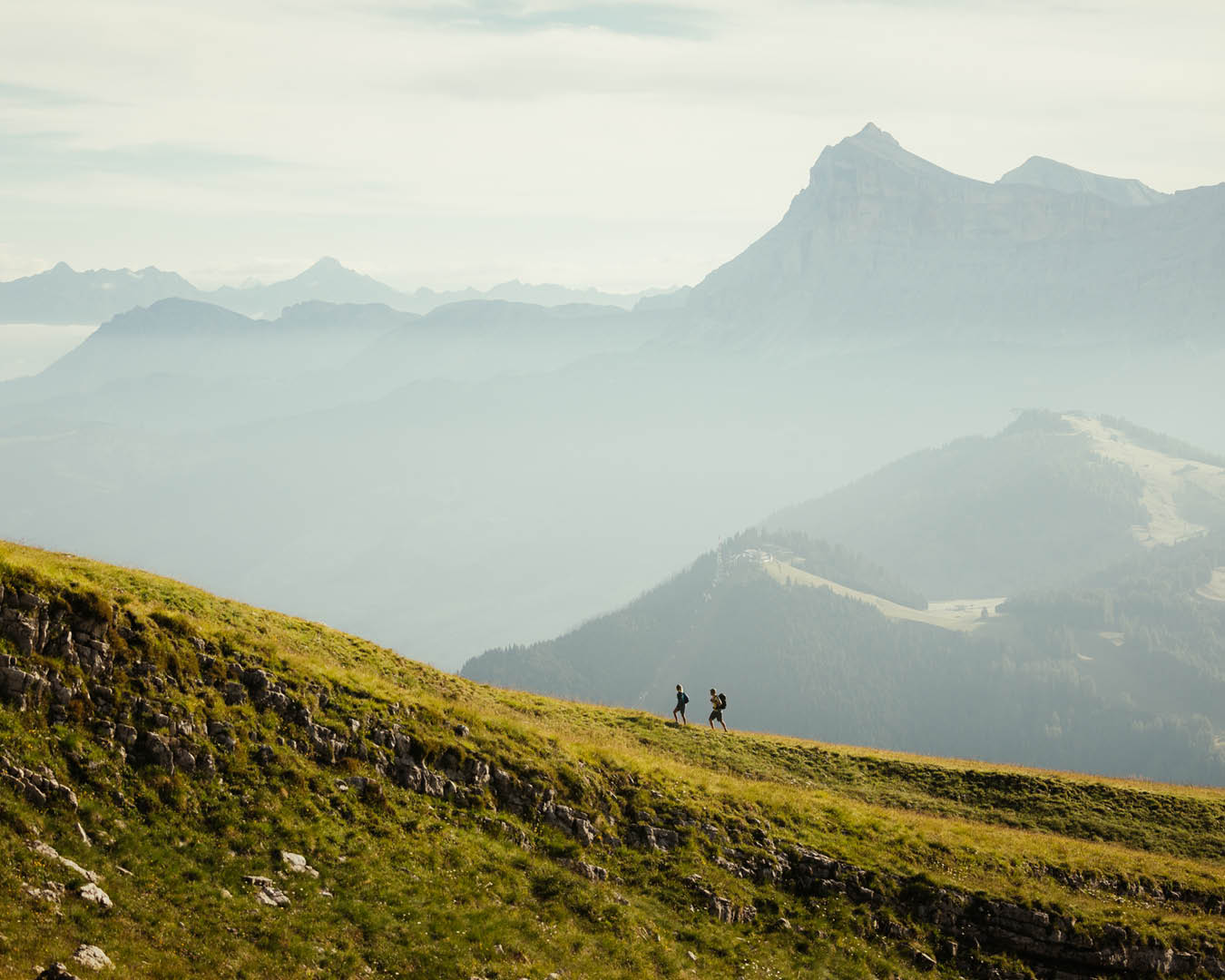From tourist taxes, stay-away campaigns and hotel-building bans to holistic notions of regenerative travel, we investigate a range of overtourism solutions aiming to redress the relationship between visitor and visited
As the fifth most visited country in the world, Italy has its fair share of attractions. From the rolling Tuscan hills to the white beaches of Sardinia, the 60 million people who arrive in the Bel Paese every year find no shortage of sights to see. Travel to the very northeast and you’ll find the Badia valley of the Dolomites, where sandstone mountains glitter above wildflower-strewn pastures and thick pine forests. The primo hotel here is La Perla in Corvara, a five-star haven in a traditional stone-wood chalet with a Michelin-listed restaurant.

Sounds tempting? If the proprietor had things his way, you’d have to book seven years in advance. Not just to stay in La Perla, but to even set foot in the Dolomites region.
I asked Michil Costa if he really wanted to turn off instant booking for his hotel. “Of course,” he said, as if he’d just suggested maybe putting prices up a bit. “What is hardly accessible creates appeal. The Dolomite passes can no longer remain open to everything and everyone all the time.” Winter and summer tourism has brought prosperity to his home of Alta Badia, but it has much to lose, he says. A lack of thoughtful interaction between visitor and resident can lead to an erosion of environment and identity – the locals speak Ladin, a minority language, and keep alive a unique Germanic-Italian culture.









